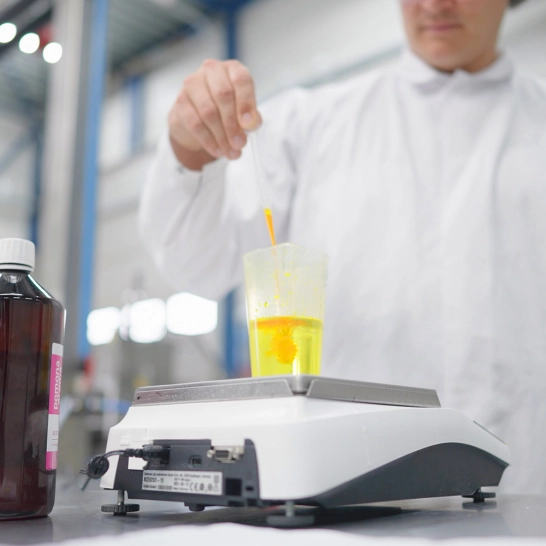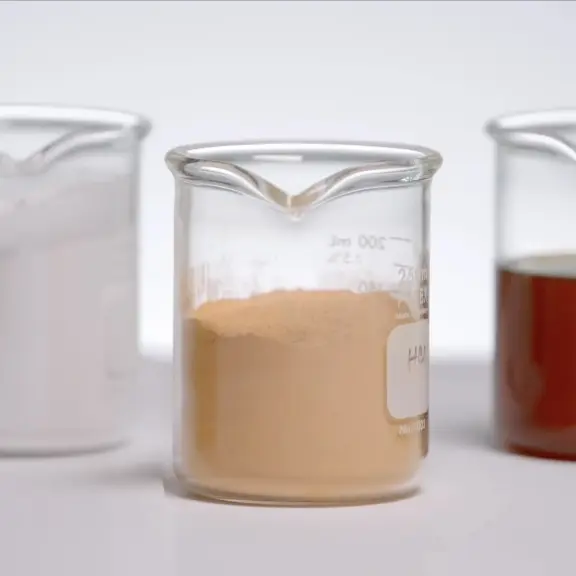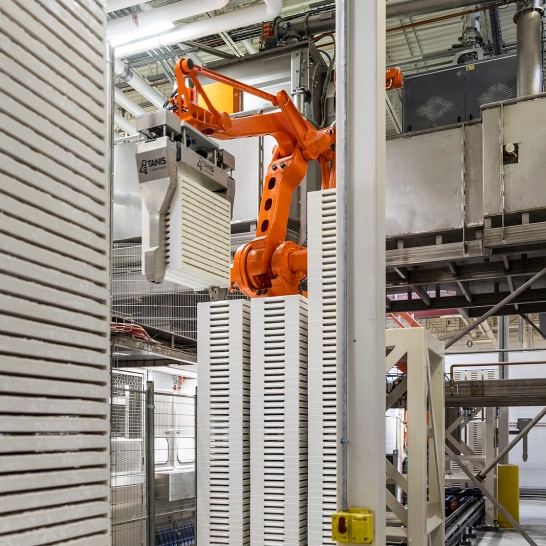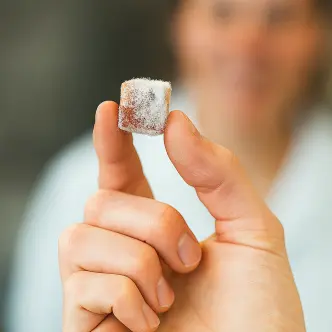
Adding Acid, Flavour, and Colour
Beyond sweetness, achieving a well-rounded flavour profile requires the addition of acid to balance the sweet-sourness. This not only enhances the taste but also contributes to a fruity experience. Flavour extracts provide the aromatic notes, while carefully chosen colours bring vibrancy to candies, turning them into visually appealing treats.
Beyond Sugar: Fats and Proteins in Caramels
For caramels, the material list extends to include fats and proteins, contributing to the flavour, colour, and mouthfeel. These elements are essential in achieving the rich and indulgent experience that caramel candies offer. If you want to know more about crafting caramel, take a look at our caramel making equipment page.




